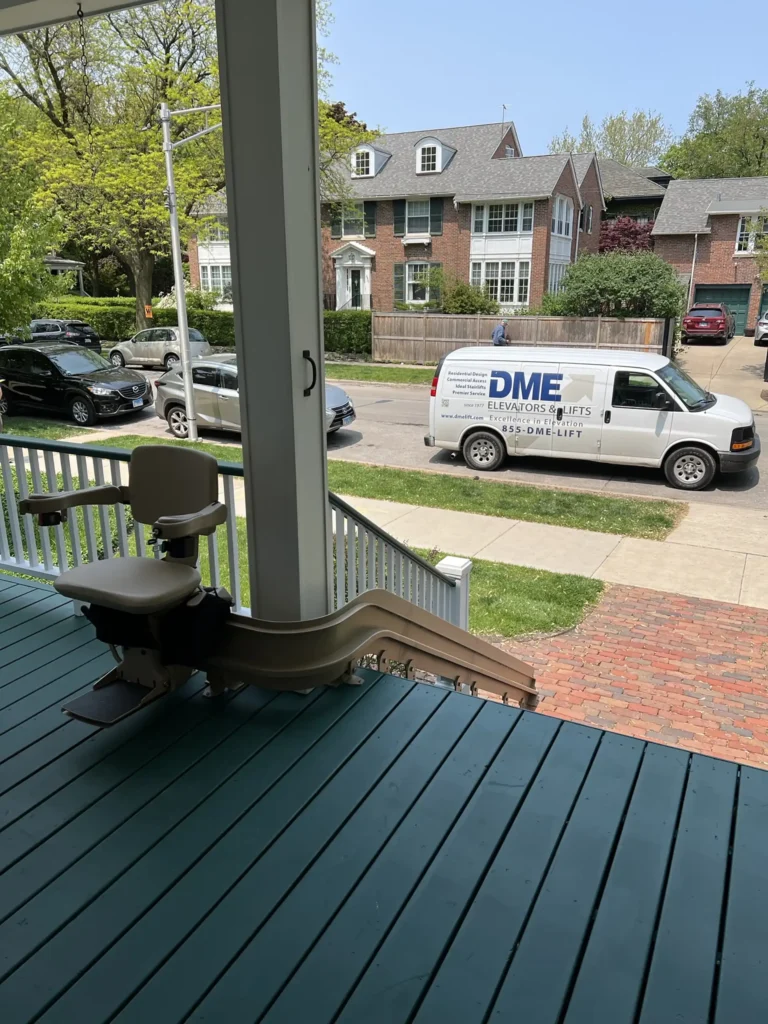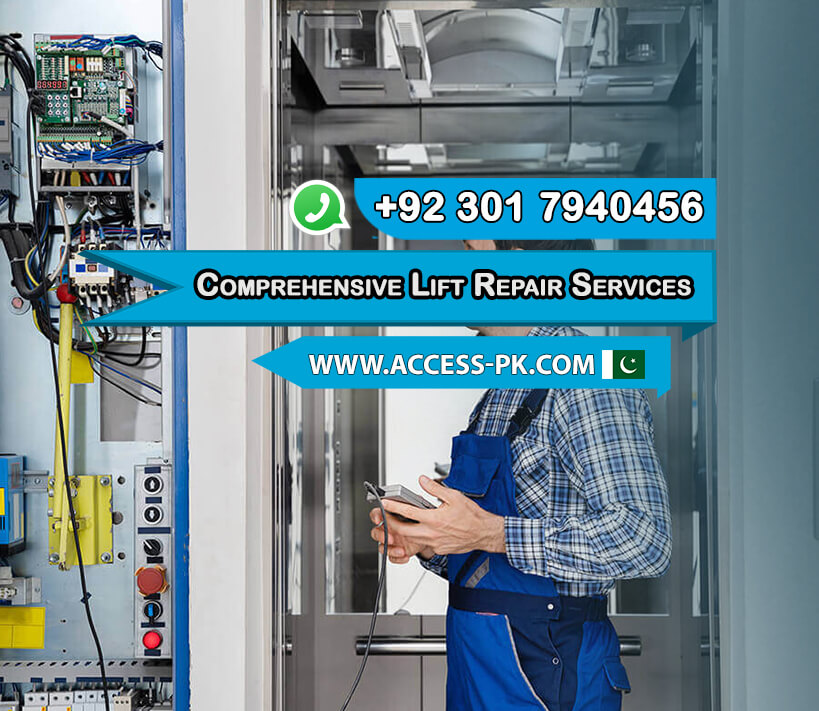System Lift Dimensions Explained: Why They Matter for Lift Servicing
System Lift Dimensions Explained: Why They Matter for Lift Servicing
Blog Article
Professional Tips for Ensuring Safety And Security Throughout Comprehensive Lift Repair Service Procedures
In the realm of comprehensive lift fixing treatments, safety stands as an extremely important issue that necessitates precise interest to information and adherence to developed methods. The elaborate nature of dealing with lifts demands an attentive approach to safeguarding against potential threats and making sure the wellness of personnel entailed in repair service jobs. Among the complex dancing of fixing and keeping lifts, an error can have extreme repercussions, emphasizing the critical need for specialist pointers to browse these procedures with utmost care and readiness. As the complicated interplay of machinery and human intervention unfolds, a critical strategy to safety comes to be the cornerstone for successful fixing operations.
Security Equipment Requirements
The safety equipment requirements for lift repair work procedures are essential to make certain the health of maintenance workers. When working on lifts, upkeep personnel have to stick to strict safety and security methods by wearing proper gear such as difficult hats, security goggles, handwear covers, steel-toed boots, and high-visibility vests.
Security goggles protect the eyes from debris, chemicals, or triggers that might be created during fixing job. By purely sticking to safety and security gear requirements, upkeep workers can mitigate threats and job efficiently to keep and fix lifts.

Devices Assessment Checklist
To make certain the upkeep employees's security and the appropriate performance of lifts, a comprehensive devices inspection checklist is critical prior to commencing any kind of repair service procedures. lift breakdown. This list needs to consist of a complete exam of all parts such as wires, pulleys, electrical systems, and security systems. It is important to check for any type of indicators of damage, corrosion, or damages that may jeopardize the lift's structural stability or functional performance
Along with mechanical elements, the evaluation list must incorporate safety features like emergency brakes, limitation buttons, and overload sensing units. These safety devices play a crucial role in preventing mishaps and making sure user security throughout lift procedure.
In addition, validating the calibration of control systems, confirming correct ventilation and lights within the lift shaft, and examining for any type of blockages or particles are vital action in the examination process. Regular upkeep and adherence to the equipment assessment list not only enhance security methods but additionally prolong the lifespan of the lift system, lowering the possibility of unanticipated failings or pricey repairs.
Hazard Identification Methods
Utilizing systematic analysis approaches, hazard identification methods are utilized to identify prospective dangers within lift repair procedures. One common method is the Job Safety And Security Analysis (JSA), where each step of the repair service procedure is carefully assessed to identify possible risks and determine the finest safety steps to minimize them.

Emergency Reaction Readiness
With a concentrate on making sure swift and reliable response to unanticipated situations, emergency situation reaction preparedness is a vital aspect of keeping safety and security during lift fixing treatments. Focusing on emergency preparedness includes developing clear interaction channels, assigning particular roles and obligations, and carrying out normal drills to test response times and procedures.
Crucial element of emergency situation action readiness include having easily easily accessible emergency treatment sets, fire extinguishers, and emergency call details prominently displayed. It is imperative to educate all workers associated with lift fixing treatments on emergency response methods, including how to securely evacuate the location in situation of a fire or various other check that emergencies.
Moreover, creating an extensive emergency action strategy certain to lift repair work situations can assist minimize potential threats and ensure a punctual and collaborated action in case of a case. Regularly reviewing and updating this strategy based upon lessons gained from previous drills or occurrences is vital to continually enhance security steps throughout lift repair service procedures.
Ongoing Safety And Security Training
Constant education and learning and training in security procedures is an essential element of ensuring the recurring security of employees throughout lift fixing procedures. Ongoing safety and security training plays a vital function in maintaining employees notified regarding the most up to date safety standards, methods, and finest techniques in the market (lift visit site servicing companies). By providing routine training sessions, employees can stay updated on potential hazards, secure work treatments, and emergency situation protocols certain to lift repair service environments
Routine security training additionally assists reinforce the value of complying with security guidelines and treatments at all times. It infuses a safety-conscious frame of mind amongst employees, advertising a culture of safety and security within the work environment. Furthermore, continuous training permits workers to rejuvenate their understanding and skills, improving their readiness to take care of any unforeseen safety and security challenges that might emerge throughout lift repair procedures.
To guarantee the efficiency of ongoing safety training, it is necessary to tailor the material to the specific risks and demands connected with lift fixing procedures - lift breakdown. Employers need to frequently evaluate training needs, offer chances for hands-on technique, and motivate open communication concerning safety and security worries among all workers associated with lift repair service procedures
Conclusion
Finally, making sure security throughout extensive lift fixing treatments is crucial for avoiding accidents and injuries. By following safety gear requirements, conducting equipment evaluations, determining threats, preparing for emergencies, and find more information providing recurring safety training, employees can reduce risks and create a safe job environment. Prioritizing safety actions and remaining attentive throughout the repair service process will help protect both employees and the tools being serviced.
When functioning on lifts, maintenance employees should stick to stringent safety and security methods by putting on suitable gear such as difficult hats, safety and security goggles, gloves, steel-toed boots, and high-visibility vests. One typical method is the Task Safety Evaluation (JSA), where each action of the fixing process is very carefully analyzed to recognize potential hazards and figure out the finest safety measures to alleviate them.Regular education and learning and training in security protocols is a fundamental part of making certain the continuous safety of employees throughout lift repair work procedures.Routine safety training also assists enhance the relevance of following safety guidelines and procedures at all times. By following safety and security gear requirements, conducting tools assessments, determining hazards, preparing for emergency situations, and giving ongoing security training, workers can minimize dangers and produce a risk-free work environment.
Report this page